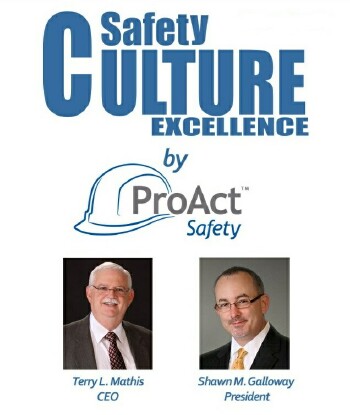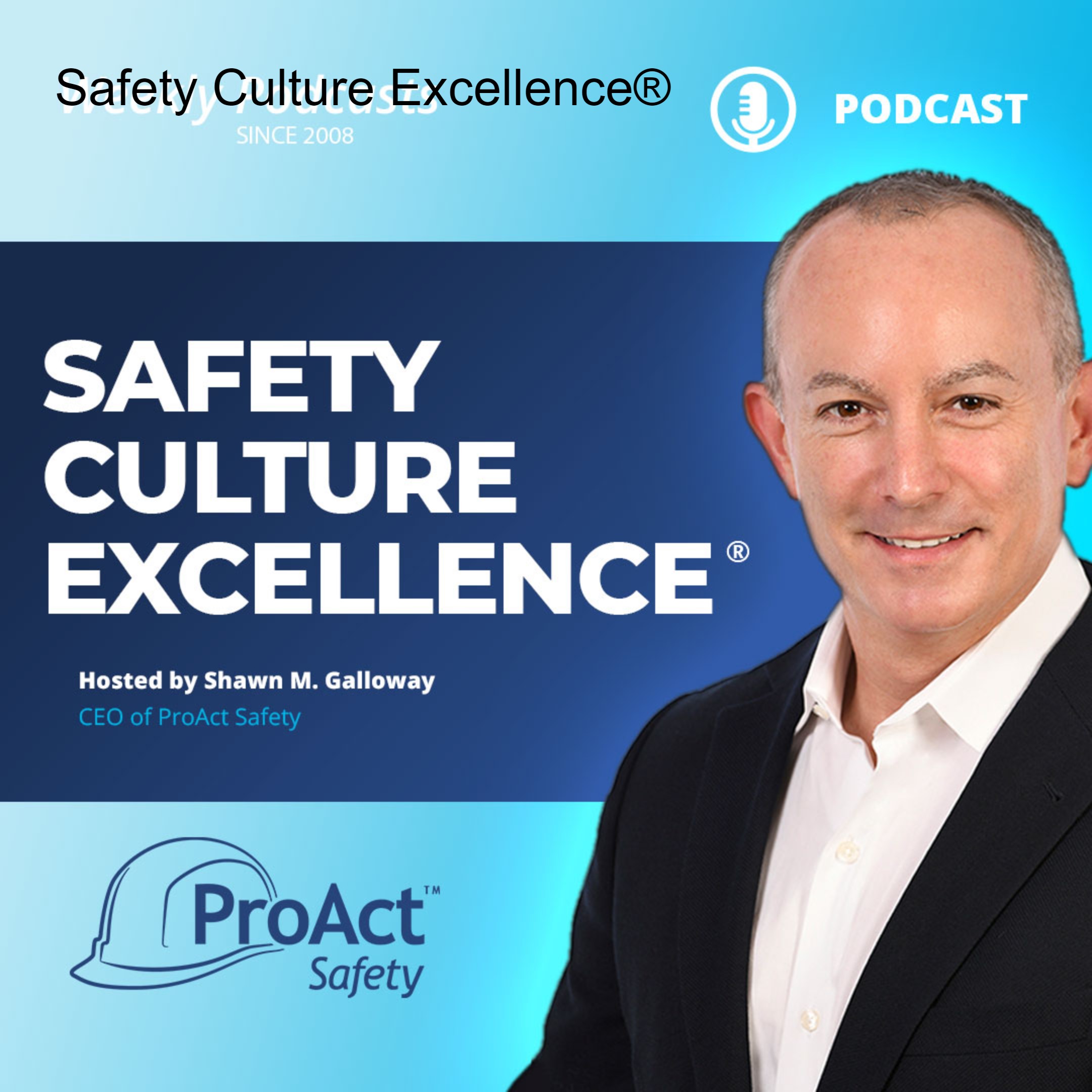Episodes

Wednesday Oct 08, 2014
Safety: Seeing or Thinking?
Wednesday Oct 08, 2014
Wednesday Oct 08, 2014
Have you ever seen the puzzle in the comics that ask you to tell the differences between the top and bottom picture. At first glance, they look the same. But, as you look closer, you begin to find minute differences. If the puzzle didn’t tell you the exact number of differences, you might think you had found them all before recognizing some of them. The human brain automatically looks for differences, things not the way they should be, but if the differences are not big and obvious they can be missed.
Safety is dependent on these two kinds of recognition as well. Some risks are big and obvious; others are subtle and take time and concentration to discern. Among the most difficult risks to accurately discern are low-probability risks, those that don’t result in accidents always or regularly.
In accident investigations, we have often already determined the risk involved in the accident and assume that it would have been as obvious to the worker(s) injured as it was to the readers of the report. That is seldom so. If the risk had been obvious, the worker would have taken precautions barring other factors that might have influenced or limited the decision. One of the last frontiers of safety involves helping workers and work groups to identify the subtle risks that don’t automatically catch our attention.
-Terry L. Mathis
For more insights, visit www.ProActSafety.com
Terry L. Mathis is the founder and CEO of ProAct Safety, an international safety and performance excellence firm. He is known for his dynamic presentations in the fields of behavioral and cultural safety, leadership, and operational performance, and is a regular speaker at ASSE, NSC, and numerous company and industry conferences. EHS Today listed Terry as a Safety Guru in ‘The 50 People Who Most Influenced EHS in 2010, 2011 and 2012-2013. He has been a frequent contributor to industry magazines for over 15 years and is the coauthor of STEPS to Safety Culture Excellence, 2013, WILEY.

